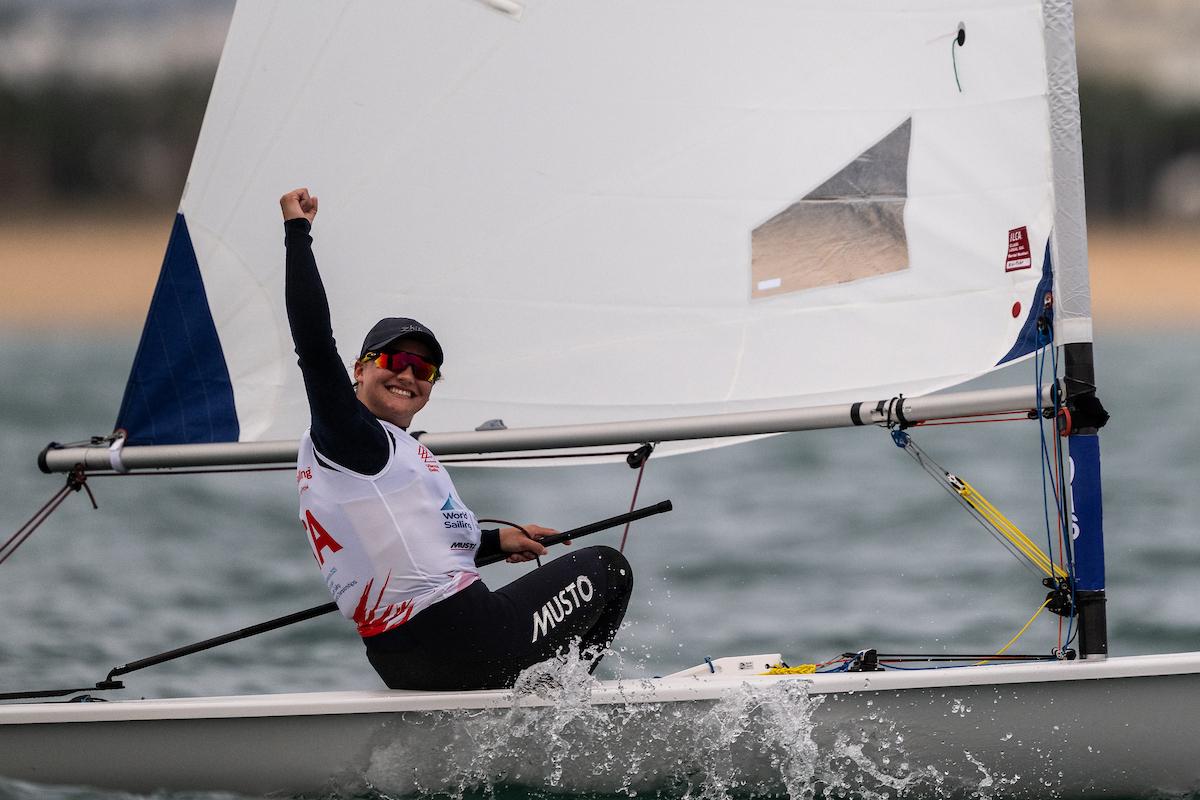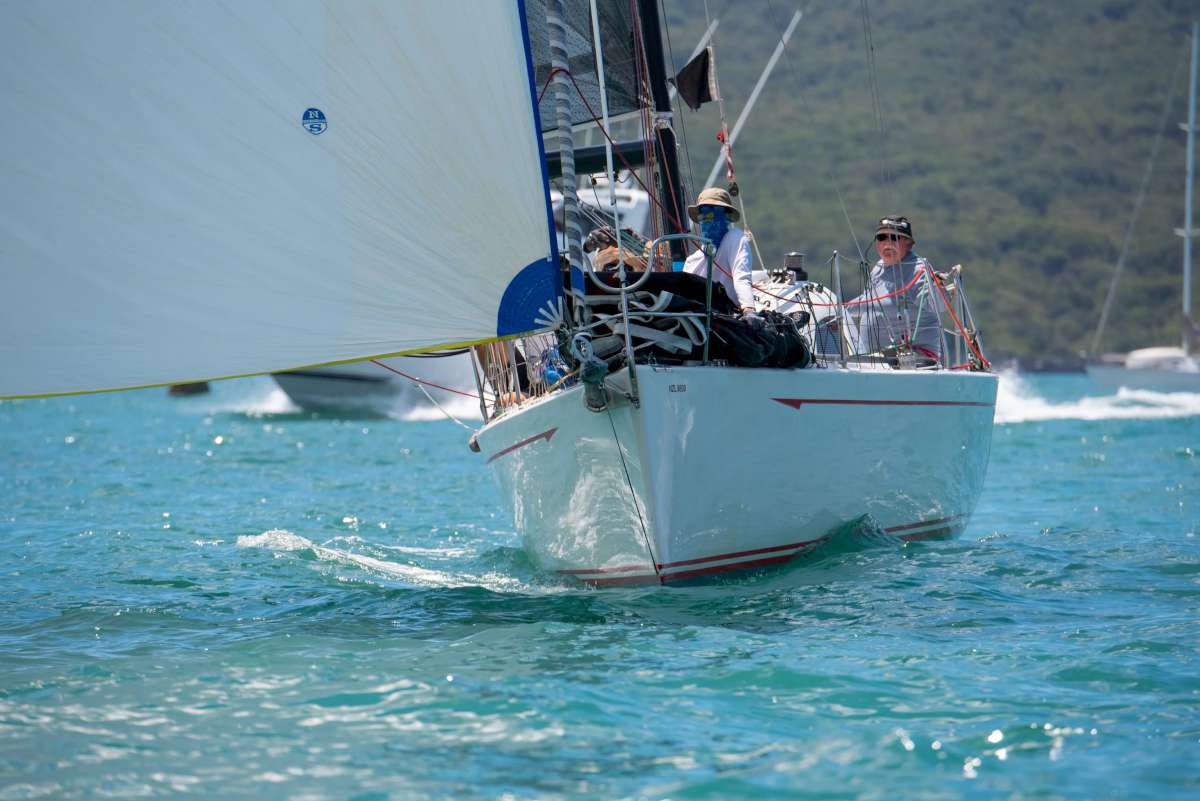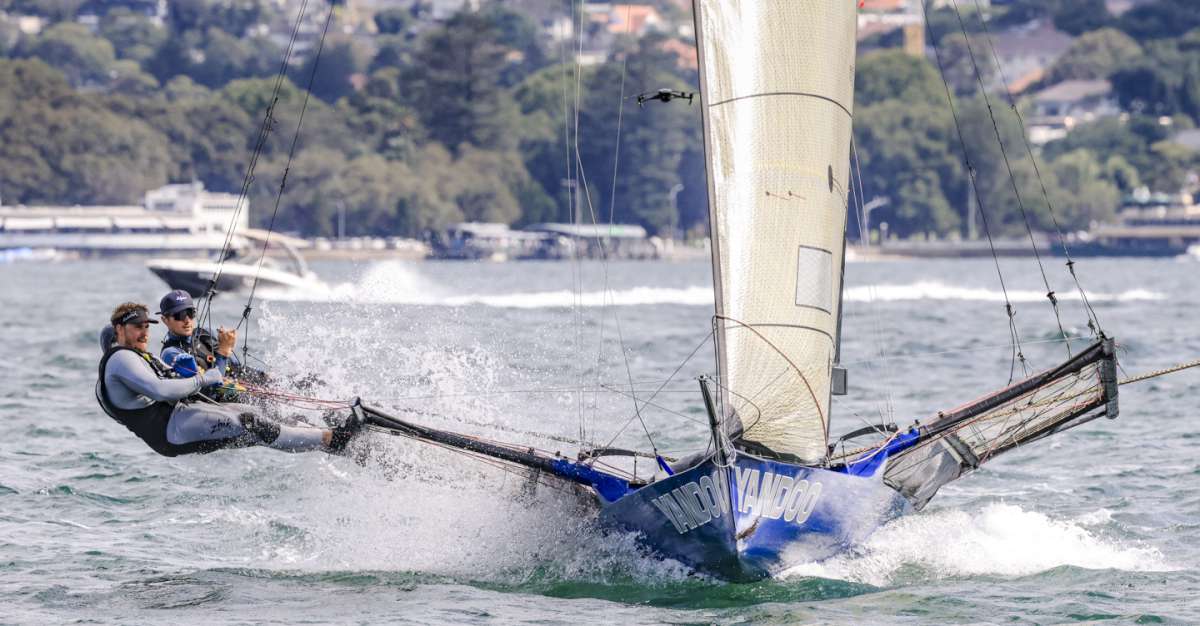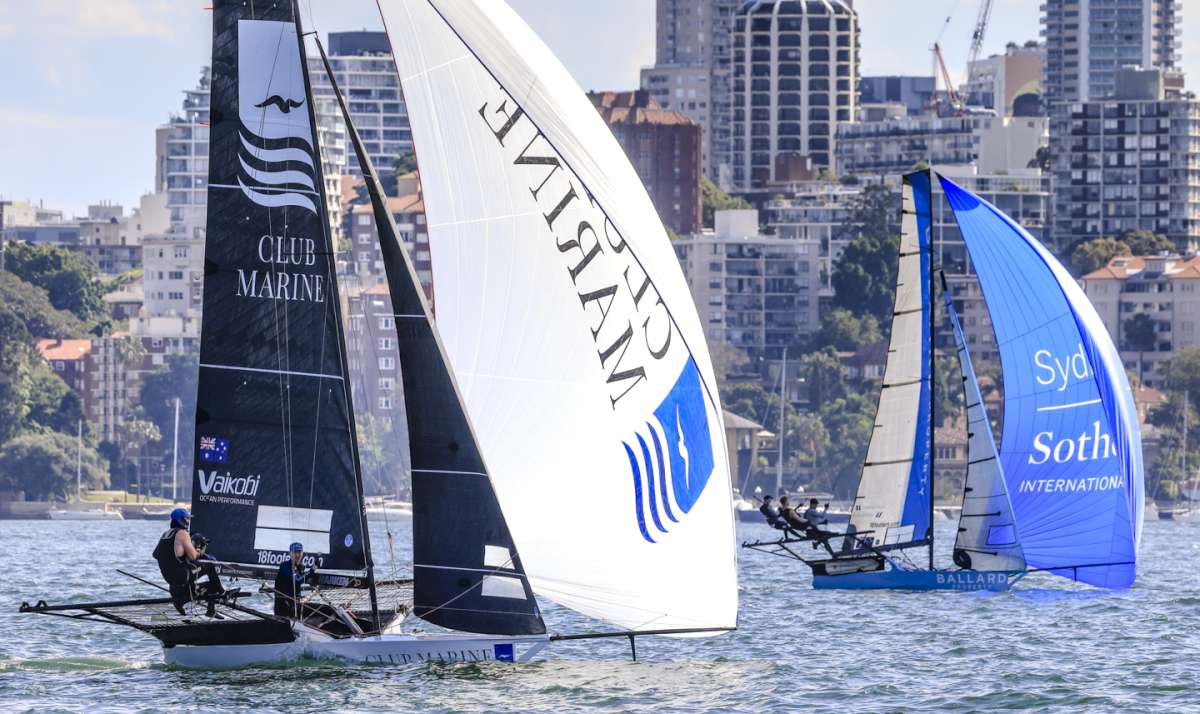After living on board Banyandah for more than twenty years, we have definite ideas on how we want our refrigeration – simple and efficient! If you’re like us and like the freedom to be away from your boat for a few days and want an efficient, easily-managed fridge then here’s what works good for us.
First the fridge should not be too big, very well insulated and preferably top opening as cold sinks. Ours has a specially built U shaped eutectic plate driven by a 12 volt Danfoss compressor. This we manually control to minimize power usage and yet be able to add extra cold when motoring, or before leaving the boat unattended for up to six days and still save the veggies.
Normally we run it one or two hours in the morning during prime solar time and another hour or two late in the day depending on outside temperature. When motoring any distance, we’ll load the fridge up to the max, more beer, more water, and run it to store the extra cold. If leaving Banyandah for several days away, we’ll do the same and run the unit until the plate is frozen solid so we can come home to a cold beer.
For best fridge efficiency there should be at least 100 mm of insulation all round. Banyandah’s fridge has more than 150 mm at the bottom and in the void against the hull where loss of cold is more extreme. For insulation we used two-pack, pour-in closed cell polyurethane.
Depth inside the fridge, my fingers can reach the bottom when cleaning it out. To assist with cleaning, and to get rid of built up condensation, ours has a drain in the bottom that’s normally kept closed by a ball valve accessed through a small door.
We use fridge baskets to help separate different foods and to stop food from touching the fridge sides. An added benefit, the gap between the baskets and fridge lets the cold circulate freely.
Jack made our three baskets from 5 mm SS rod and they interlock and stack one atop the other. Then I sewed vinyl around these to make easily cleaned storage areas. Being square it doesn’t matter which way in the fridge they go. They also differ in height. I use the shallowest basket at the top for butter, cheese and everyday food. It’s easily lifted out to reach the next basket. We both know which level certain foods are stored on, so little time is taken to get what we want, meaning less cold is lost.
For more details and photos: Practical Boat Bits and Tips by Jude Binder
























